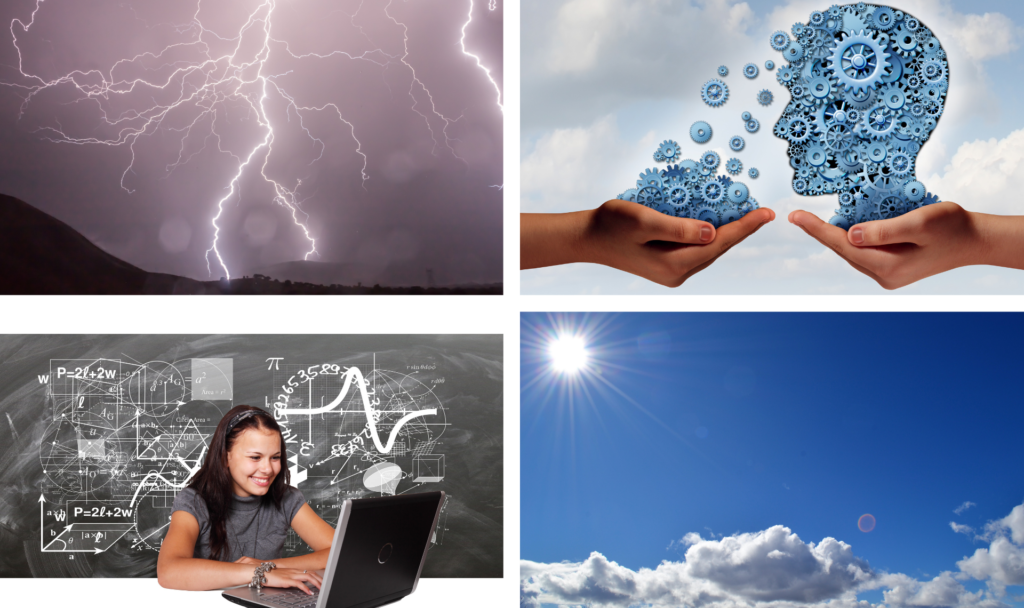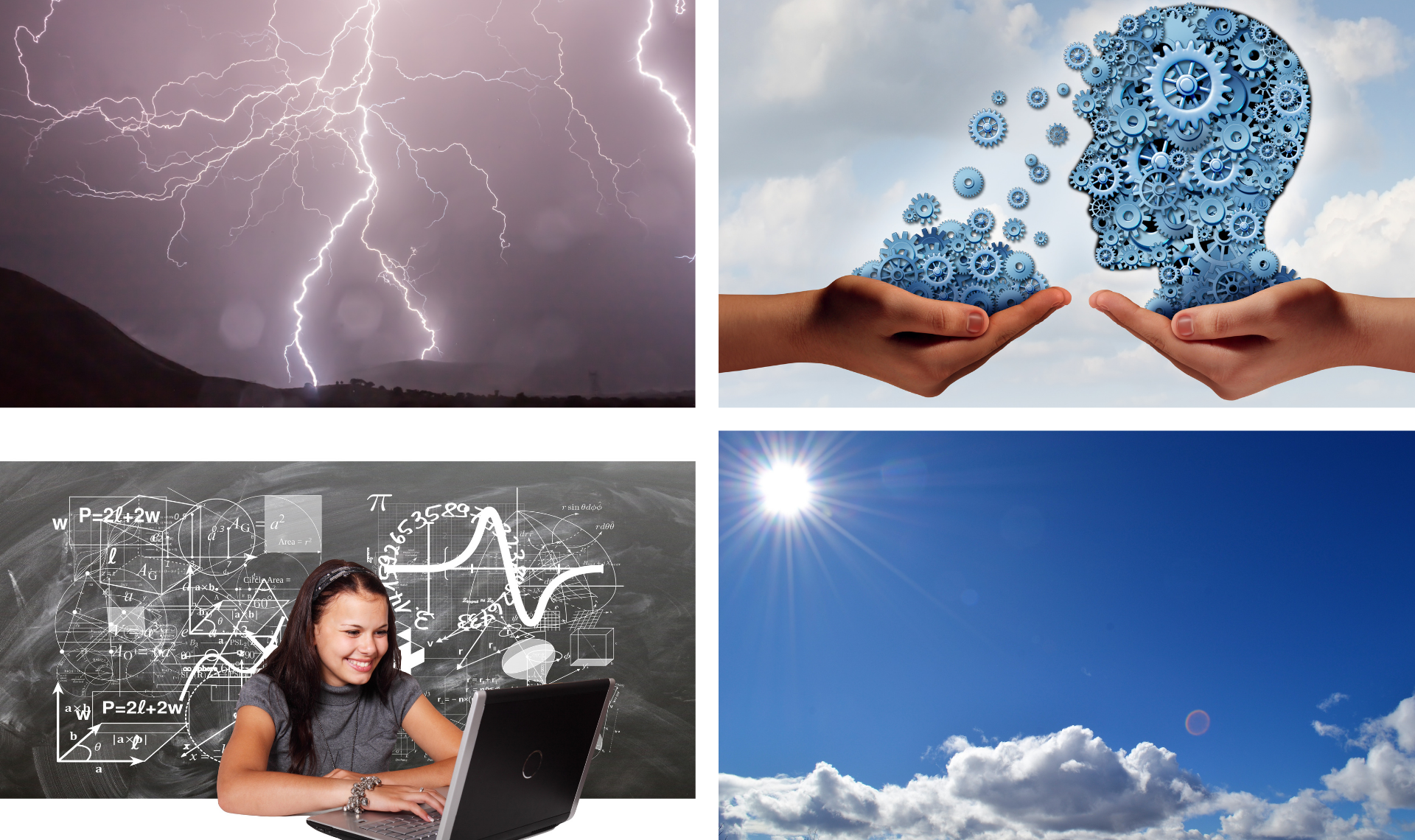Forecasting the Weather (AI in Training)
I recently had a conversation with friends regarding some of the ways we use AI in training.

Their questions were very pointed. My friends wanted to know what the ROI would be if they decided to use AI. I tried in the simplest terms to come up with some examples of how to describe the ROI and help others understand how we use it.
I think the best analogy would be forecasting. In terms of safety training, the data has always shown that the longer a worker was on the job the higher the risk of accidents. When training was added, the data showed a drop in the frequency of accidents. All of those things have been proven over the years.

Using AI, we will be able to collect efficacy data, i.e., did a specific training decrease the probability by a large percentage or by just a small percentage. How effective was the training in abating accidents? How severe were the accidents if any occurred? Would additional training lower or lessen the risks? Not only will AI track these things, but it will also be used for analyzing xAPI data from the client LMS to determine if the training was effective in achieving the client’s goals.
In doing so, we will be able to forecast safety issues before they became a problem for the client. In terms of the human cost, we will be saving individuals who could experience life altering or life ending accidents. This is just one of the examples of how we use AI in training. Using surveys, xAPI data, and observation, we can determine if the money spent on training helped the organizations reach their goals.
It completes all four levels of Kirkpatrick’s evaluation model. Kirkpatrick might be a little too deep for a simple blog post. Hopefully, I have time to dive off into the topic at a later time.

